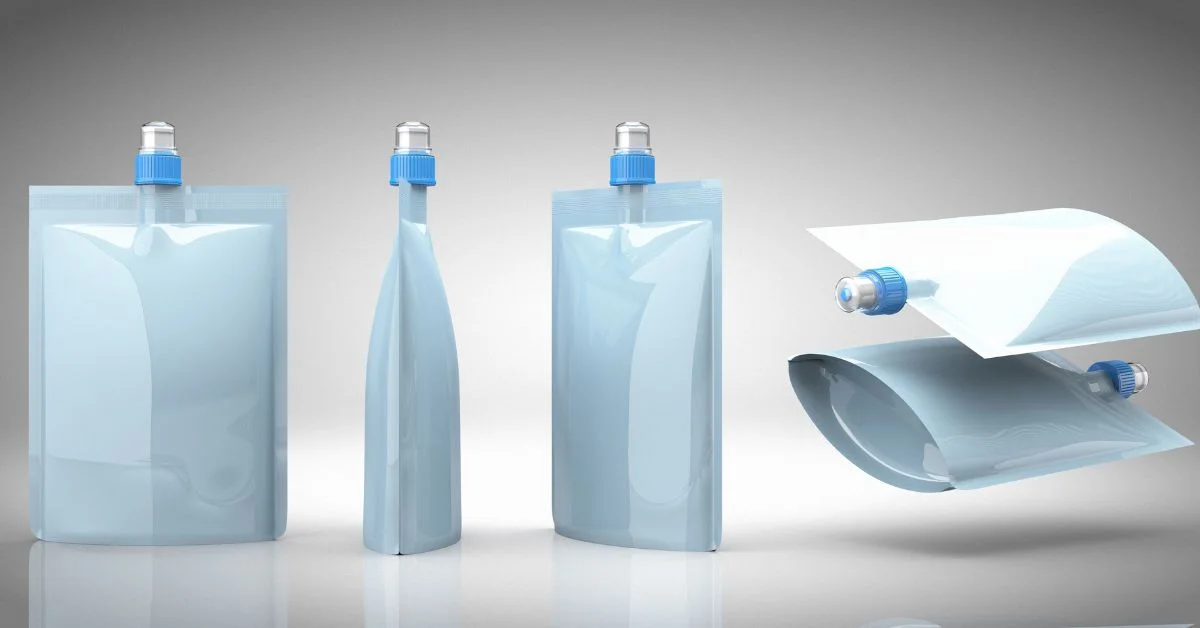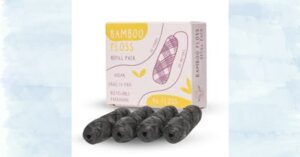In the rapidly evolving world of packaging, flow pouches have emerged as a game-changing solution across industries from food to pharmaceuticals. These pouches combine convenience, efficiency, and sustainability, making them a preferred choice in both manufacturing and retail. If you’ve ever unwrapped a candy bar, squeezed ketchup from a packet, or opened a sanitary product, you’ve likely interacted with a flow pouch—possibly without even knowing its name.
Within the first moments of product interaction, packaging sets the tone. Flow pouches meet the modern demand for compact, hygienic, and cost-effective wrapping that doesn’t sacrifice aesthetic appeal. In this comprehensive exploration, we delve into the anatomy of flow pouches, their applications, innovations, benefits, and the factors driving their adoption in 2025.
What Are Flow Pouches?
Flow pouches, also known as flow wraps or horizontal form-fill-seal (HFFS) pouches, are a type of flexible packaging made by feeding a roll of film through a machine that forms, fills, and seals the pouch in a continuous motion. They are typically used for packaging solid or semi-solid items and can be designed for high-speed production environments.
Unlike vertical pouches or stand-up pouches, flow pouches are formed horizontally. The film is wrapped around the product and sealed along the back, top, and bottom—creating a tight, protective wrap.
Core Components:
- Flexible film: Made of plastic, foil, or laminated material.
- Sealing mechanisms: Heat-sealing or cold-sealing technology.
- Printing and branding: Often directly printed on the film for marketing and compliance.
Types of Flow Pouches
Depending on the sealing method and material orientation, flow- pouches can be categorized into:
1. Fin Seal Flow Pouches
- Feature a back seal where the inner film surfaces are joined.
- Offer better protection from moisture and contaminants.
- Common in snack foods and pharmaceuticals.
2. Lap Seal Flow- Pouches
- Created by overlapping the edges of the film.
- Use less material but require specific film types.
- Typically used in low-moisture products like candies and medical tools.
3. Cold Seal Flow- Pouches
- Ideal for heat-sensitive products like chocolate.
- Use pressure-sensitive adhesives instead of heat.
- Faster production speeds, less energy use.
Materials Used in Flow Pouches
The material of a flow pouch greatly influences its performance, cost, and recyclability. Here’s a breakdown of common materials used:
1. Polypropylene (PP)
- Lightweight and durable.
- High clarity for visible products.
- Recyclable in many regions.
2. Polyethylene (PE)
- Excellent seal integrity.
- Common in food packaging.
- Suitable for mono-material designs (important for recyclability).
3. Foil Laminates
- High barrier protection against oxygen, moisture, and light.
- Ideal for medical and high-fat food products.
4. Biodegradable and Compostable Films
- Made from PLA, cellulose, or other plant-based materials.
- Emerging as sustainable alternatives in 2025.
Applications Across Industries
Flow pouches are omnipresent in today’s consumer goods. Here are some major sectors using them:
Food and Beverage
- Granola bars, biscuits, frozen meat portions, cheese sticks.
- Benefits: Extended shelf life, tamper evidence, portability.
Pharmaceuticals
- Tablets, syringes, diagnostic kits.
- Benefits: Sterility, traceability, individual dosing.
Personal Care and Cosmetics
- Face masks, travel wipes, single-use shampoos.
- Benefits: Compact, leak-proof, hygienic.
Home and Industrial Cleaning Products
- Dishwasher tablets, powdered cleansers.
- Benefits: Moisture control, child-resistant features.
Why Flow Pouches Are Dominating the Market
1. Operational Efficiency
Flow wrap machinery is capable of packaging hundreds of units per minute. This high-speed automation significantly reduces production downtime and labor costs.
2. Reduced Material Waste
Because flow pouches are tightly formed around the product, they use up to 40% less material than rigid packaging. This contributes to lower shipping costs and carbon emissions.
3. Design Flexibility
Modern printing technology allows for high-resolution graphics on flow pouches, making them ideal for branding, QR codes, and regulatory labels.
4. Sustainability
In 2025, there is growing consumer and regulatory pressure to reduce plastic usage. Flow pouches support:
- Lightweighting: Less plastic per unit.
- Mono-material films: Easier to recycle.
- Recyclable and compostable options: Meeting circular economy goals.
Innovations and Trends in 2025
Flow pouches are far from static. Here’s what’s new:
1. Smart Packaging Features
- Embedded sensors for freshness.
- Color-changing indicators for tamper evidence or temperature exposure.
2. Digital Printing and Variable Data
- Enables customization on mass production lines.
- Useful for promotions, batch tracking, and anti-counterfeit labels.
3. Fully Recyclable Mono-Material Films
- Designed to comply with recycling streams in Europe and North America.
- Replace multilayer plastics without compromising barrier properties.
4. Re-closable Flow Wraps
- Built-in zippers or resealable adhesives.
- Improving user convenience, especially for multi-portion products.
Regulatory and Environmental Considerations
Flow pouch manufacturers must comply with evolving packaging regulations. Key areas in 2025 include:
Extended Producer Responsibility (EPR)
- Brands are accountable for post-use packaging disposal.
- Encourages recyclable designs and closed-loop systems.
Plastic Tax and Eco Fees
- Additional charges on non-recyclable materials.
- Driving demand for sustainable flow pouch solutions.
Labeling Requirements
- Clear disposal instructions and environmental claims.
- Barcode scanning to inform recyclability via mobile apps.
Challenges in Flow Pouch Packaging
Despite their advantages, flow pouches face challenges:
- Recyclability Complexity: Multilayer films are still hard to recycle in many regions.
- Consumer Perception: Thin plastic perceived as less premium.
- Machinery Investment: High-speed lines require significant capital outlay.
However, industry solutions are emerging through innovation in materials science and closed-loop systems.
Conclusion
Flow pouches represent a fusion of technological innovation, cost efficiency, and user-centered design. As the packaging industry pivots towards sustainability and automation, flow pouches offer a smart, scalable, and eco-conscious solution that meets modern demands. Whether you’re a manufacturer, brand owner, or consumer, understanding the function and future of flow pouches empowers better choices—for business and for the planet.
Their versatility across industries—from pharmaceuticals to snack foods—proves their staying power. And with 2025 bringing more sustainable options and smart packaging technologies, flow pouches are no longer just a convenience—they are a cornerstone of modern product delivery.
Frequently Asked Questions (FAQs)
1. What exactly is a flow pouch?
A flow pouch is a type of flexible packaging created by wrapping a film around a product in a horizontal machine, then sealing it on three sides. It’s commonly used for food, cosmetics, and pharmaceuticals.
2. Are flow pouches environmentally friendly?
Flow pouches are becoming more sustainable thanks to innovations like mono-material films and compostable bioplastics. They use less material than rigid packaging and are often lighter to transport.
3. What’s the difference between a flow pouch and a stand-up pouch?
A flow pouch is formed and sealed horizontally and usually lies flat, while a stand-up pouch is designed to sit upright on shelves and is typically sealed vertically.
4. Can flow pouches be recycled?
Some flow pouches made from mono-material films are recyclable in designated plastic recycling streams. Multilayer versions are more difficult to recycle but are being phased out in favor of sustainable options.
5. Why are brands switching to flow pouches?
Brands prefer flow pouches for their cost-effectiveness, efficient production, customizable design, and ability to meet sustainability regulations and consumer preferences.
For more information, click here.









